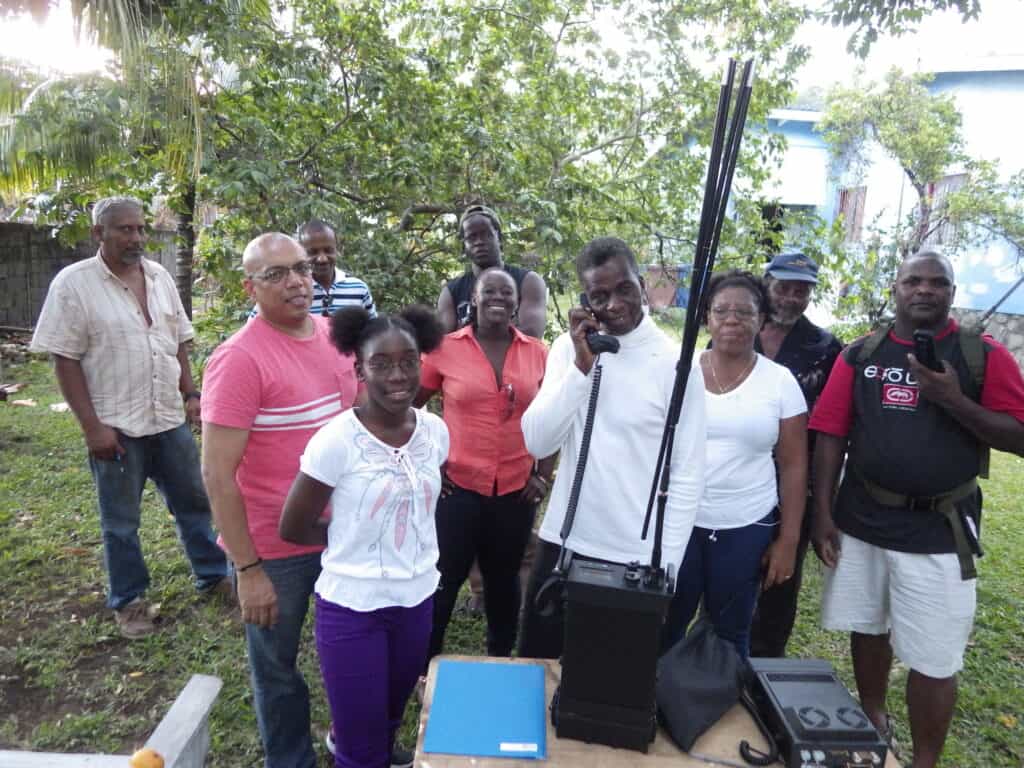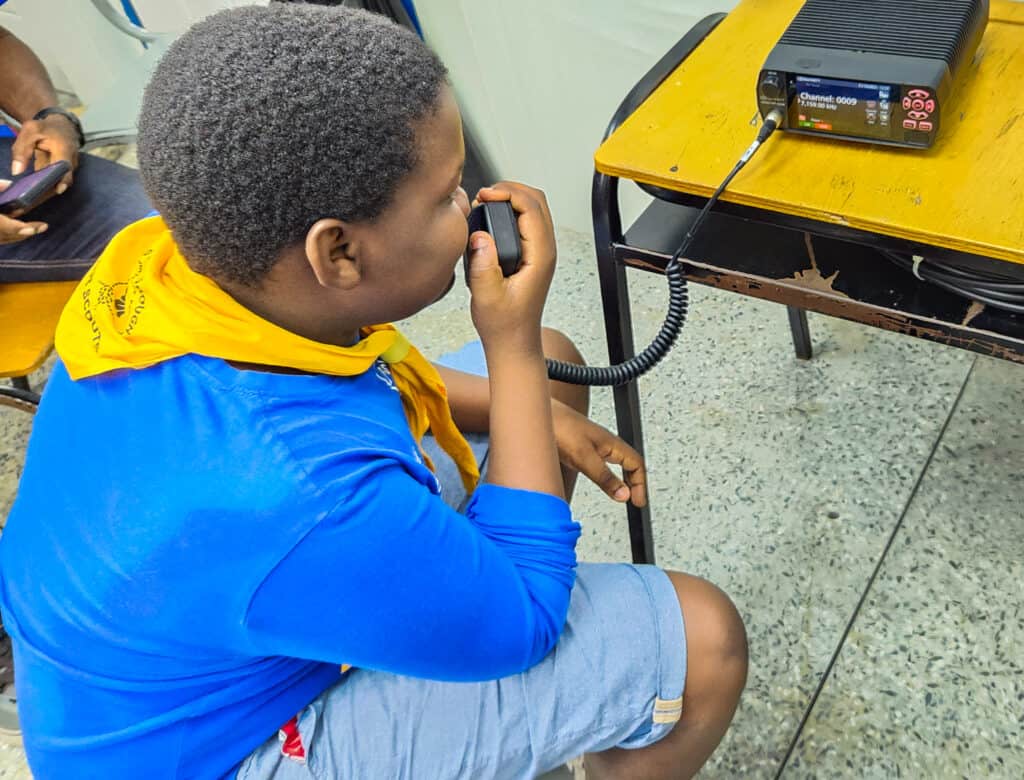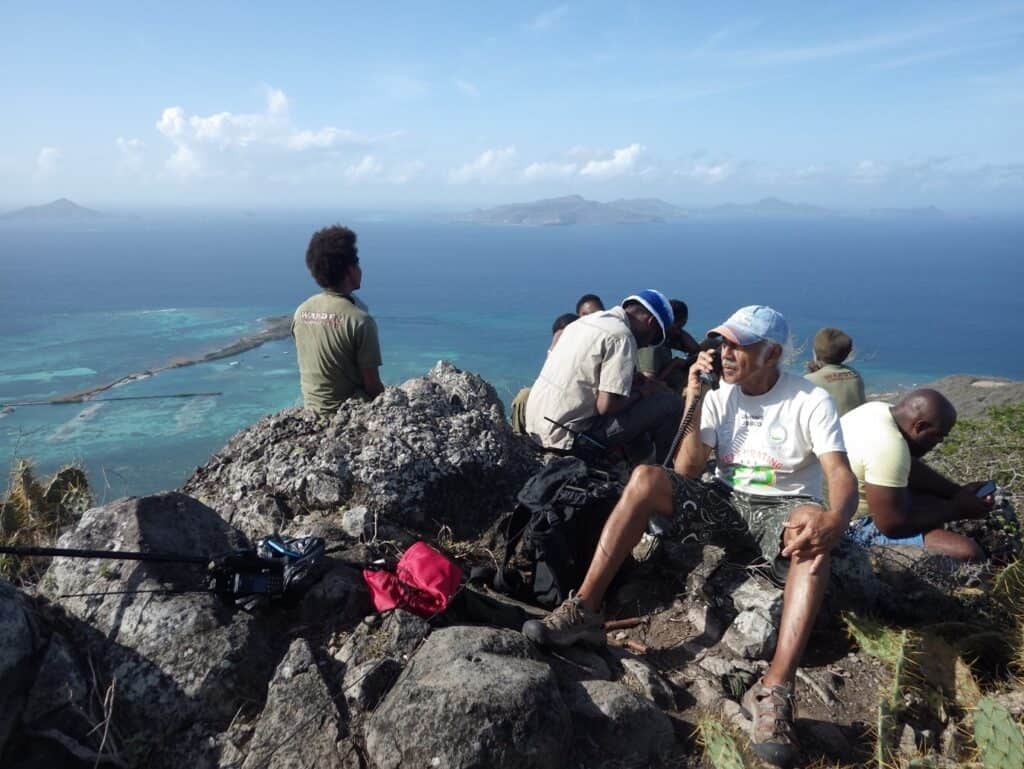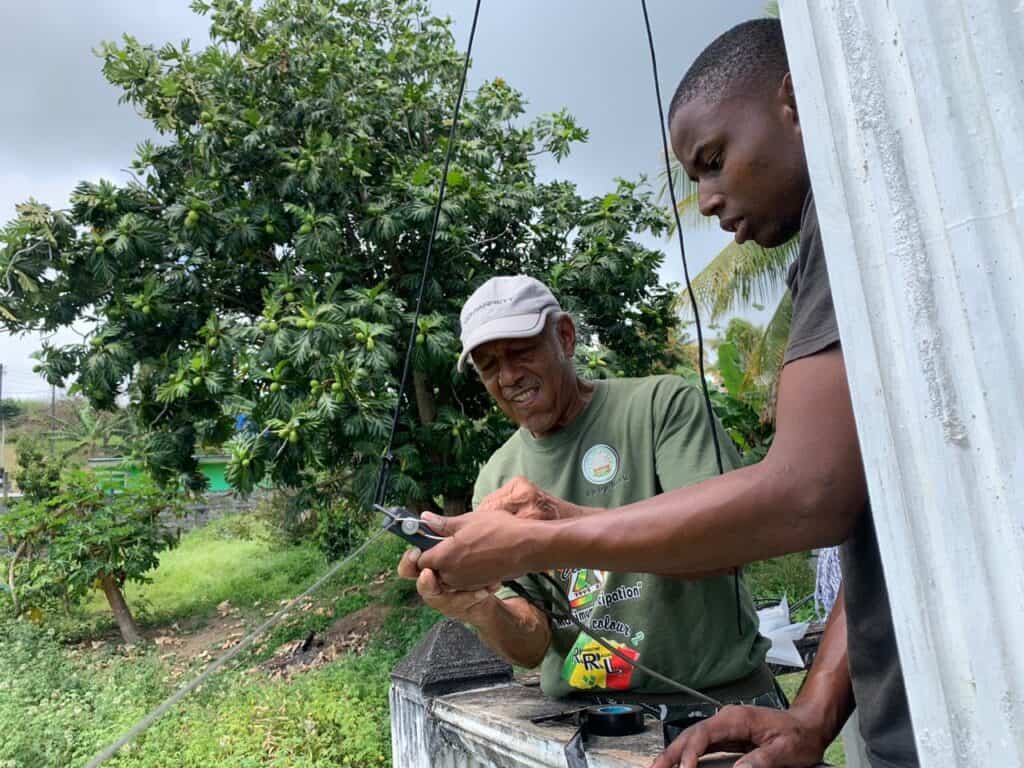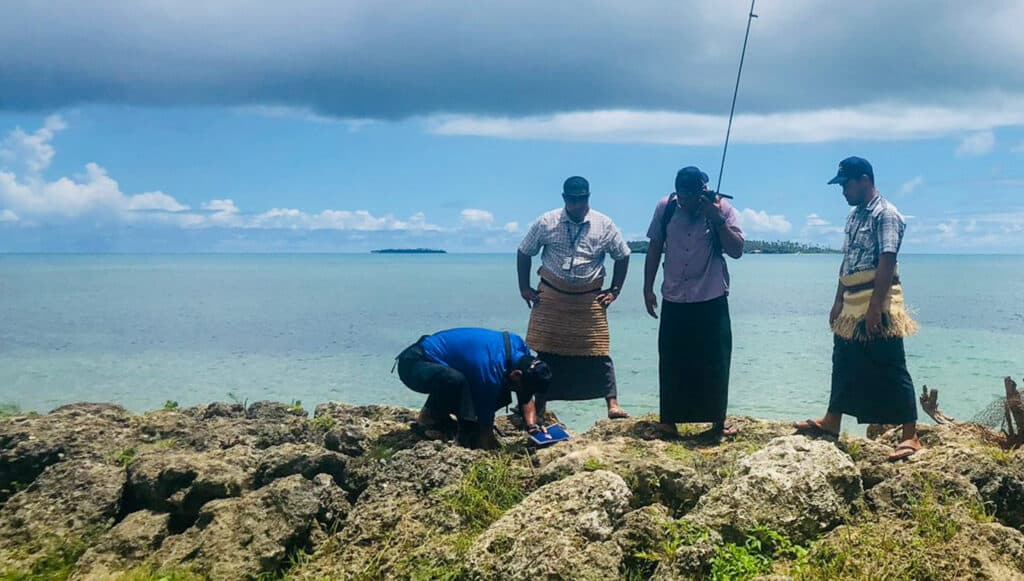How does the Royal Flying Doctor Service manage critical communications?
How does the Royal Flying Doctor Service manage critical communications?
The Royal Flying Doctor Service has always been ahead of the game when it comes to critical communications. And it has to be, being that the organisation is one of the largest and most comprehensive aeromedical organisations in the world.
The Royal Flying Doctor Service provides emergency and primary health care services for those who live in rural, remote, and regional areas of Australia, who do not have access to a hospital or general practice due to the vast distances and varying terrain of the country.
There is no question that this non-profit organisation needs to rely on its communication devices and procedures to make sure it gets to where it needs to be. And these communication devices aren’t for internal purposes only, but need to be readily available and reliable for individuals seeking help to be able to reach them.
Getting the Royal Flying Doctor Service communication off the ground
In a time when the potential of aviation and communication devices had still yet to be developed, the Reverend John Flynn, who proposed the idea for what would become the Royal Flying Doctor Service, commissioned Fred Traeger to develop a pedal radio in 1927.
This new invention allowed people to communicate with the organisation from great distances. But the Royal Flying Doctor Service communication efficiencies didn’t end there. They have continued to push the boundaries when it comes to not only managing their critical communications, but communications efforts as a whole.
For example, the organisation recently joined other regional and local organisations to improve internet and phone connectivity by becoming a member of the Rural, Regional & Remote Communications Coalition (RRRCC).
This joining makes sense since the Royal Flying Doctor Service relies on crucial connectivity to deliver a wide range of services, from emergency contact situations to clear and understandable telehealth scenarios.

Incorporating HF radios
Organisations that need this type of reliance on services should turn to HF radios, which provide critical communications capabilities for a wide range of industries. These radio systems come in two main forms of radio wave transmissions: ground waves (which travel along the earth’s surface and are ideal for short distances) and sky waves (which can reach transmission ranges of several thousand kilometres).
There is no denying that an organisation such as the Royal Flying Doctor Service should continue to trust the best there is for managing their critical communications, which are HF radio communication systems.
For more information on HF radio communication systems, contact us today.


